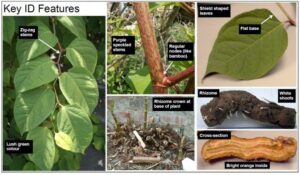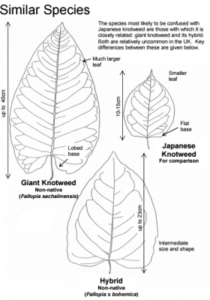Here’s what to look out for...
The video below is a short slideshow of surveys we have carried out showing Japanese knotweed identification
Leaves
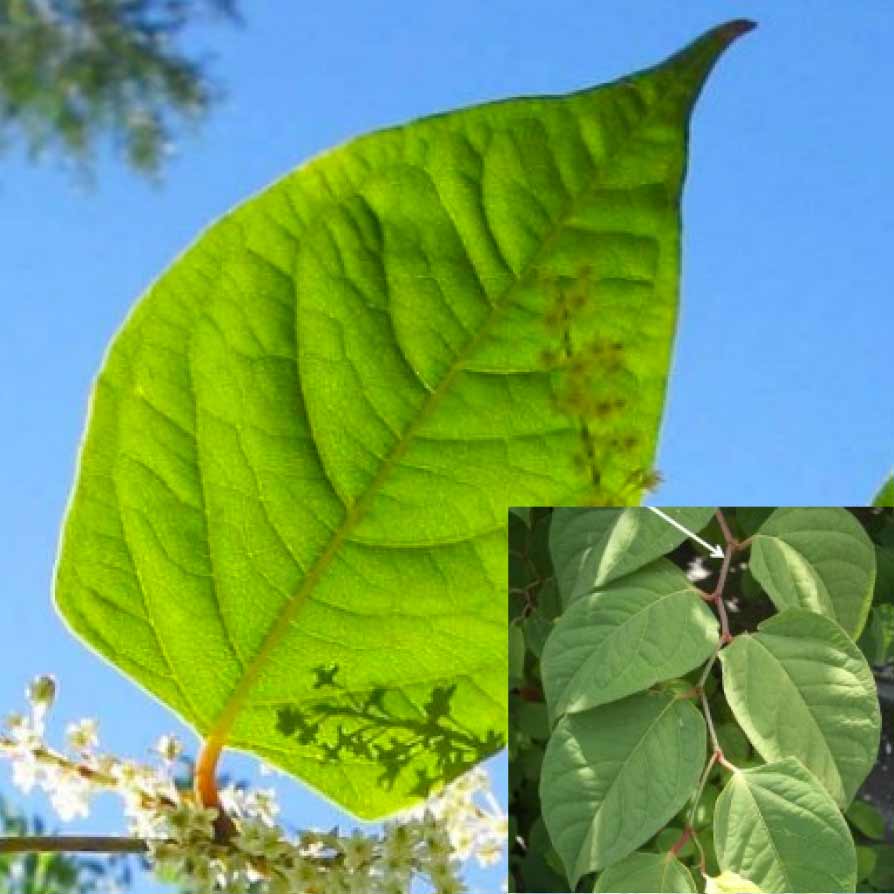
The leaves are green, shield or heart-shaped, with a flat base and are up to 12cm long.
- Shield shaped
- Flat base
- Lush green colour in summer
- Form zig-zag shaped stems
Main Stems
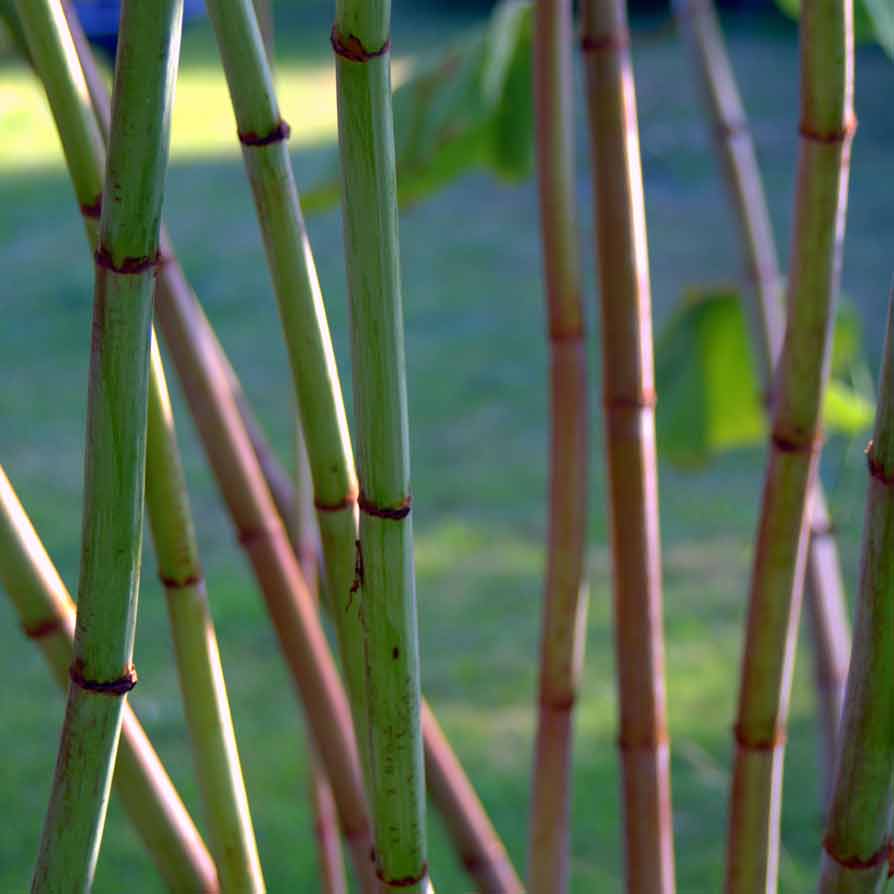
The stems are green with red or purple specks, hollow and similar to bamboo, and can grow up to 2- 3m tall, forming dense cane-like clumps.
- Purple speckles in Spring/Summer
- Regular nodes (like bamboo)
Roots (Rhizome)
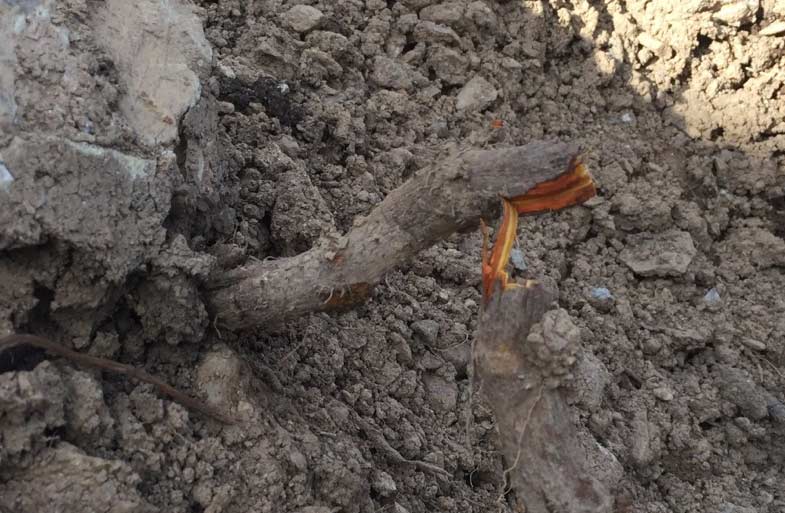
The roots consist of rhizomes, which are yellow / orange when cut, but can spread to a depth of 3m and radius of 7m.
Flowers
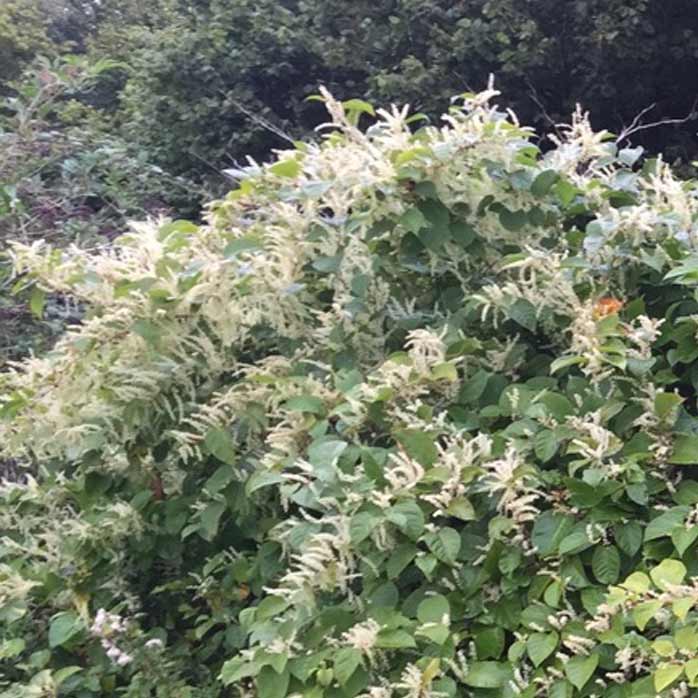
Clusters of creamy flowers appear on the tips of most stems from August to October but produce sterile seeds.
- Late summer / autumn
- Spike length can be 10cm
What to look for in Spring
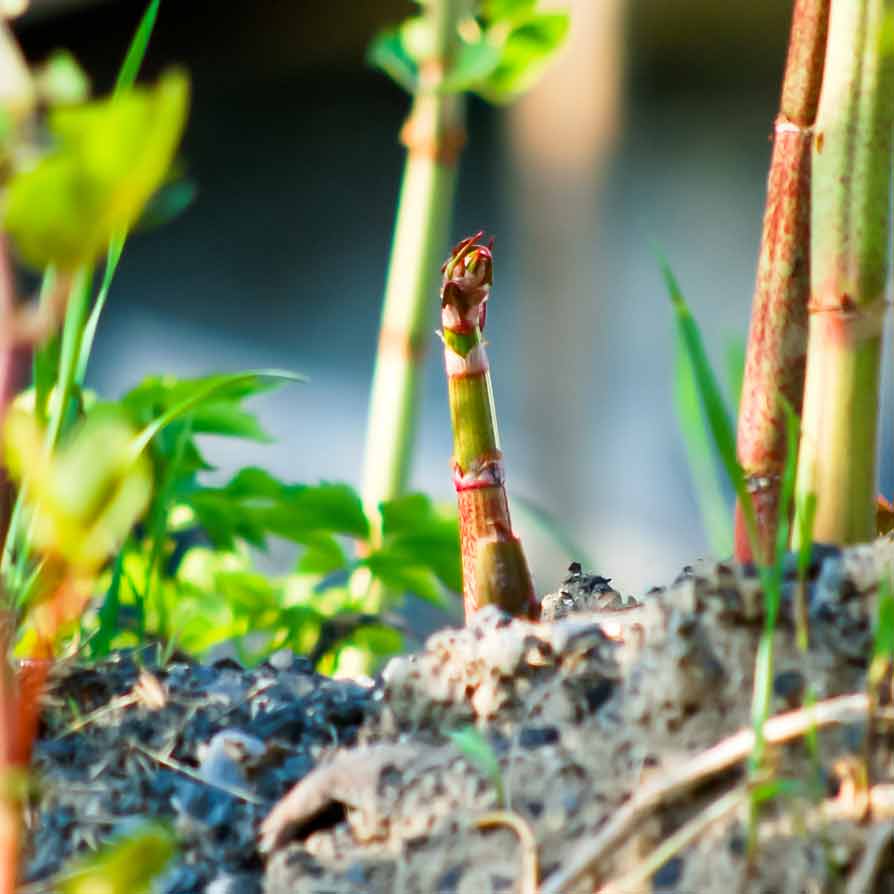
In the spring, Japanese Knotweed emerges from winter dormancy with new leaves initially being reddish in appearance with an arrow shaped tip up to 4cm long.
What to look for in Summer
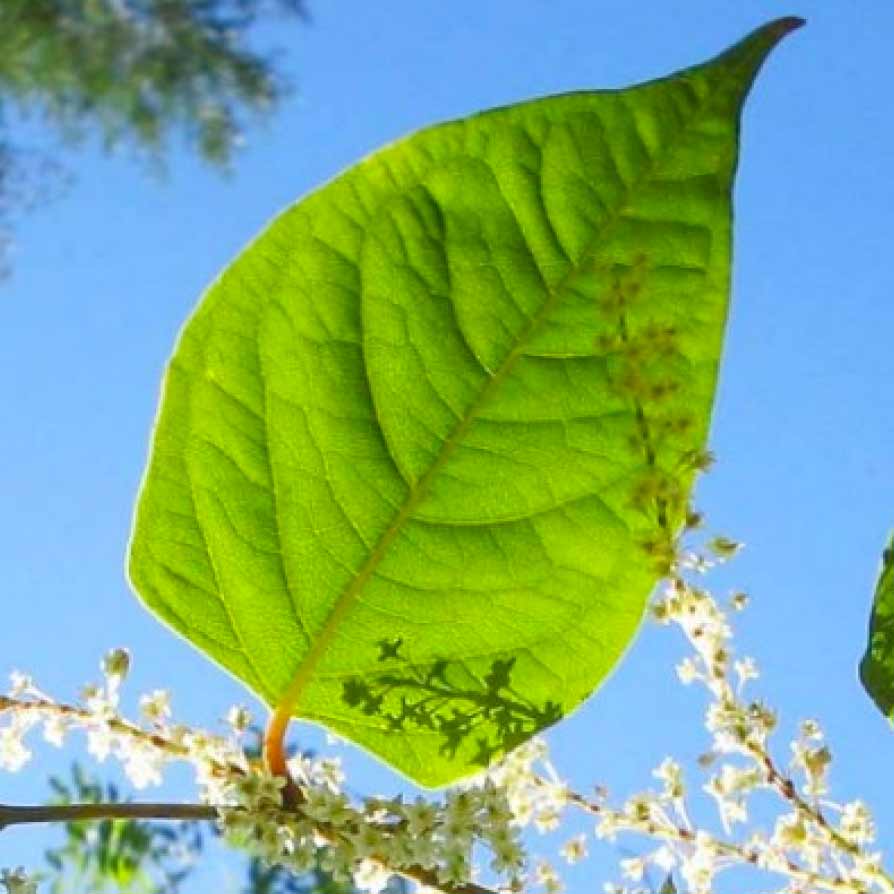
2-3 metre stems, which are hollow with nodes that resemble bamboo. The leaves will be green in colour appearing from zig-zag plant growth. In late summer the plant will start to produce white flowers.
What to look for in Autumn
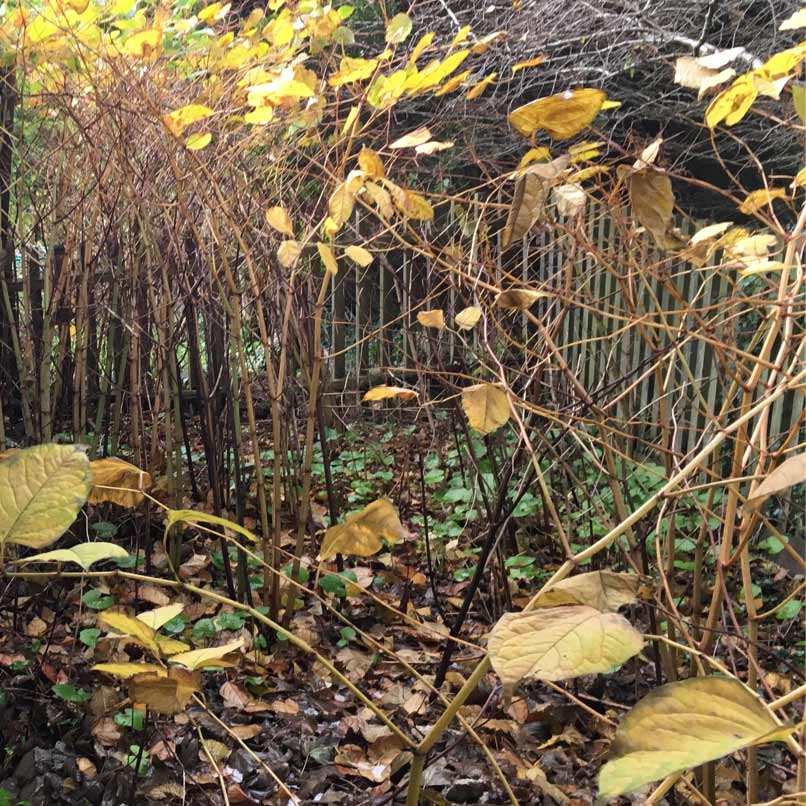
Similar to late summer, approaching late autumn the leaves start to go yellow and start wilting, this is a sign of the plant starting to pull all the nutrients from above ground.
What to look for in Winter
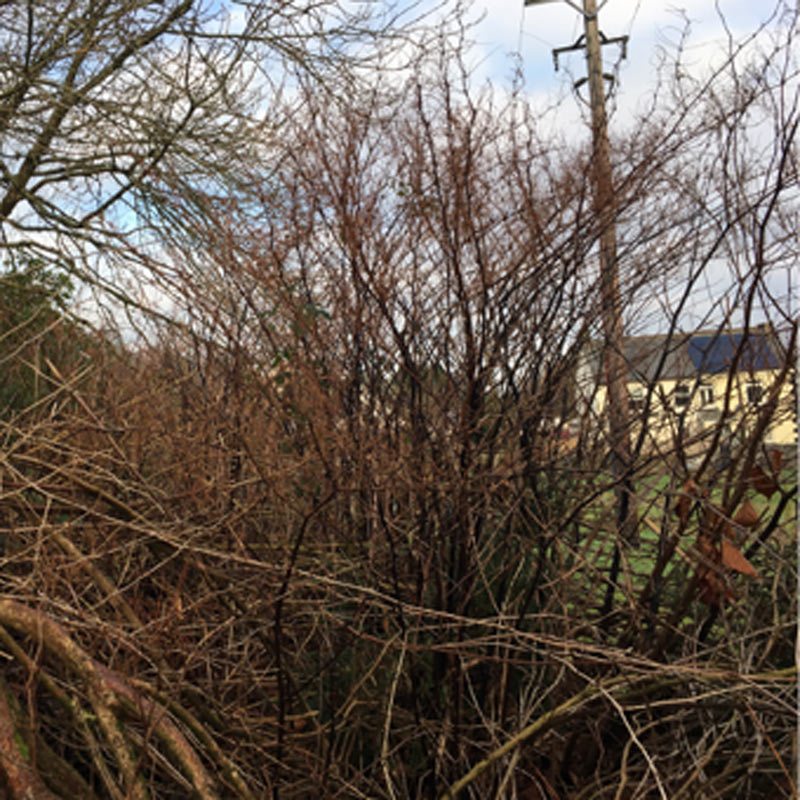
Japanese Knotweed canes will begin to die back and the plant will lose its leaves, leaving dried brittle canes.
Identification Service
Think you have Knotweed? Read our do’s and don’ts
Learn about PCA Certification
Book a survey
